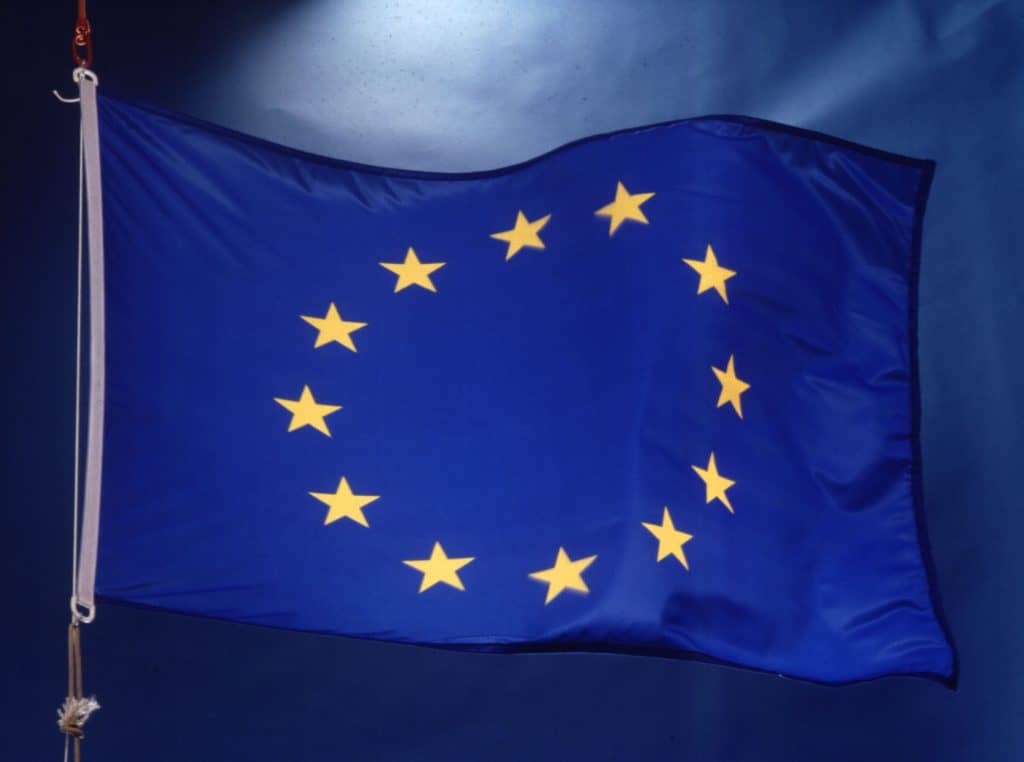
Pharma chemicals added to EU pollutant watch list
pharmafile | July 9, 2013 | News story | Manufacturing and Production | EFPIA, EU, WFD, pollutants
For the first time, three pharmaceutical compounds – two hormones and an anti-inflammatory drug – will be included in a ‘watch list’ of possible surface water pollutants drawn up by the EU.
Another 12 new substances have been added to the EU priority list of 33 pollutants that are known to pose a risk to surface waters. Members of the European Parliament (MEPs) voted to extend the list under the auspices of the Water Framework Directive (WFD) – first drawn up in 2000 – and the related Environmental Quality Standards Directive (EQSD).
The addition of pharmaceuticals to a newly-formed watch list is a compromise on the original proposals which would have seen these too being added to the priority list, and comes after more than a year of lobbying and debate at the European Parliament.
The decision puts the three drugs – diclofenac, 17 alpha-ethinylestradiol (EE2) and 17 beta-estradiol (E2) – into a category free of any immediate controls but subject to monitoring for potential risks. Diclofenac is suspected of causing toxic effects to fish, while the two hormonal ingredients are thought to disrupt the endocrine system in humans and harm fish reproduction.
The MEPs have also asked the European Commission to develop a strategic approach to the risks posed by pharmaceuticals in the aquatic environment and – in another compromise – set back the timelines for bringing new substances down to agreed limits to 2027. The changes were endorsed by 646 votes in favour, 51 against and 14 abstentions.
The European Federation of Pharmaceutical Industries & Associations (EFPIA) welcomed the outcome of the vote, reiterating its stance that “there is currently no evidence of human harm and very limited and inconclusive evidence of environmental impact associated with pharmaceuticals in the environment (PIE)”.
In a speech ahead of the vote, rapporteur Richard Seeber, the Austrian MEP who guided the WFD amendments through the legislature, said: “Water policy is a long-term policy. Our citizens should have access to clean water in every form”.
“Unfortunately, studies show that we have some way to go to achieve good environmental status for chemicals, particularly in surface waters”, he added.
For newly identified substances on the list, the maximum permitted concentrations in water set out in Environmental Quality Standards (EQS) will take effect in 2018, with the aim of achieving ‘good’ levels for these substances by 2027. Revised EQS for existing substances come into effect in 2015, with the aim of achieving good surface water chemical status for these substances by 2021.
EQS determine the maximum concentration of a particular pollutant or group of pollutants in water, sediment (any material which is carried by water and settles to the bottom) or biota (all living organisms in an area), which should not be exceeded in order to protect human health and the environment.
EU member states will have to submit supplementary programmes of measures and monitoring programmes to the Commission by 2018 to indicate how they will enforce the new requirements.
Seeber said the creation of the new watch list for the drug ingredients was an important development and necessary “because our waters are unfortunately increasingly burdened with pharmaceuticals”.
EFPIA notes that pharmaceuticals are found in the environment mainly through patient excretion of substances, rather than manufacturing wastewater emissions. Trace amounts of medicines pass through the human body without being metabolised completely and make their way to surface waters through the municipal wastewater treatment system.
The drug industry collaborated with an EU-funded project – called KNAPPE – that tracked 178 pharmaceutical products in 22 countries in wastewater treatment plants influent and effluent, surface water, groundwater, bank filtrate, marine water and drinking water, and concluded that “pharmaceutical products do not appear to be a problem in terms of their environmental impact”.
That view is not unchallenged, however, with a US Geological Survey study published in 2010 suggesting that wastewater from manufacturing facilities was a ‘significant source’ of pharmaceuticals in the environment.
The following year, researchers in France discovered that wild fish living downstream from a pharmaceutical production plant making steroid drugs showed serious hormonal effects, including a high proportion of intersex fish showing characteristics of both genders.
Meanwhile, the European Federation of National Associations of Water Services (EUREAU) criticised the outcome of the MEP vote, saying that it “has considerably weakened the initial proposal from the European Commission”.
EUREAU argues that water pollution needs to be tackled by chemical and pharmaceutical manufacturers at the source, and not in treatment plants for drinking water or in wastewater treatment plants, saying: “End-of-pipe-treatment can only be a means of last resort”.
Phil Taylor
Related Content

GSK’s Jemperli approved in EU as treatment for endometrial cancer
GSK has announced that the European Commission (EC) has granted marketing authorisation to Jemperli (dostarlimab) …

Daiichi Sankyo’s Vanflyta approved by EC for acute myeloid leukaemia treatment
Daiichi Sankyo has announced that Vanflyta (quizartinib) has been approved in the EU for combination …

GSK’s RSV vaccine approved in EU for older adults
GSK has announced that the European Commission (EC) has authorised Arexvy, the company’s respiratory syncytial …








